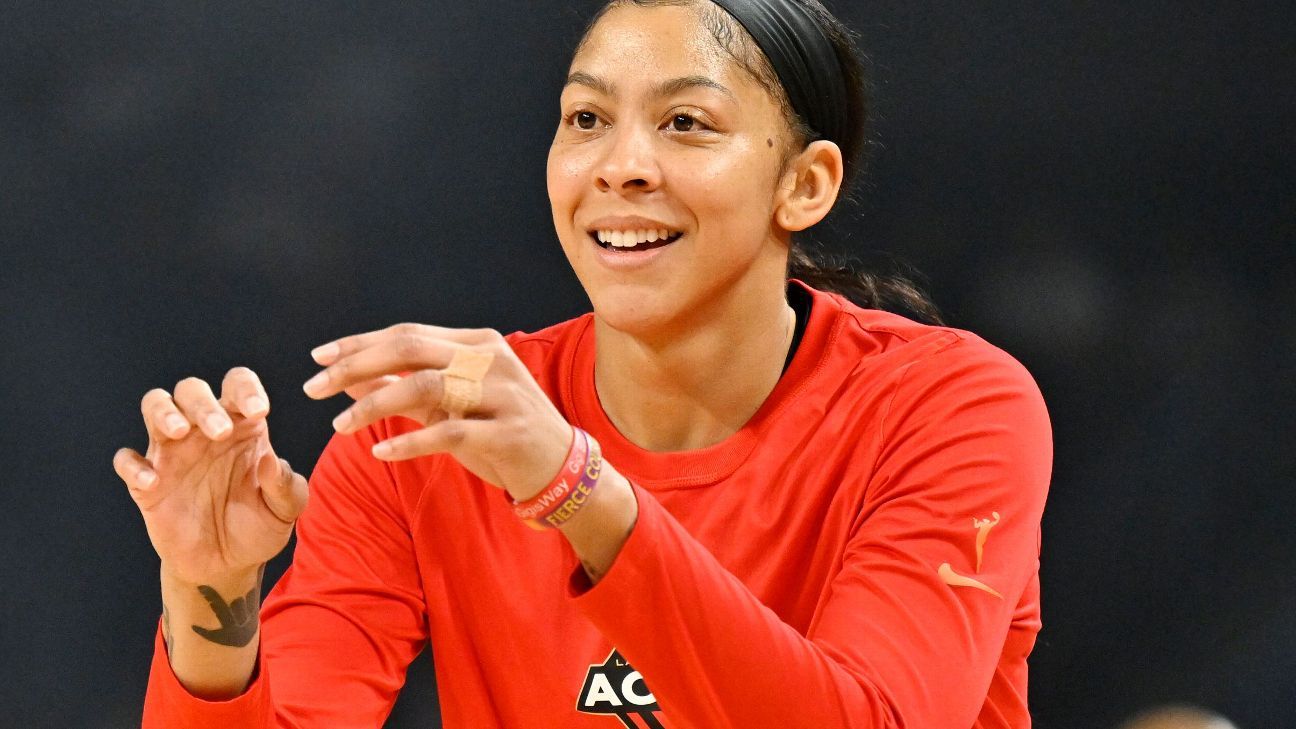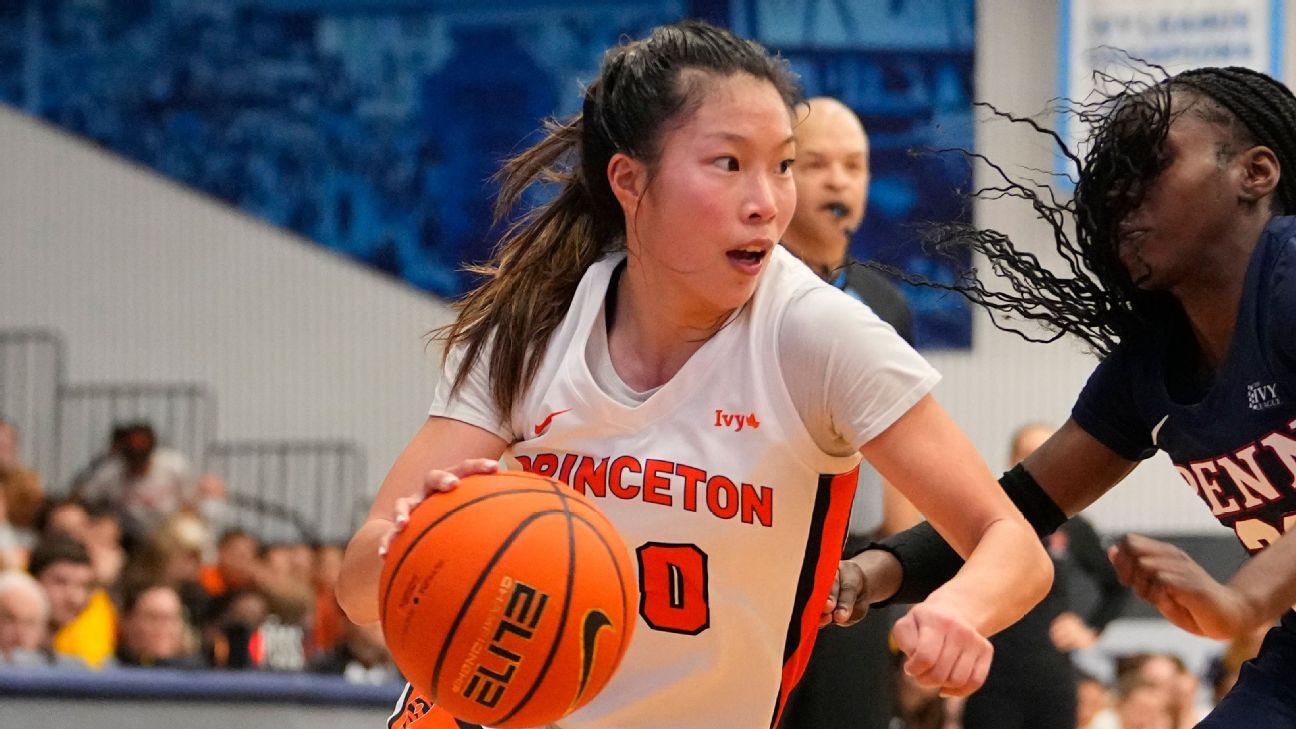The influence of perceived fan orientation on satisfaction, loyalty and sport consumption behaviors
Hüseyin Köse, Metin Argan and David Hedlund
ABSTRACT
Purpose – The purpose of this research is to develop and validate a scale to measure the perceived orientation of sport organizations toward their fans, and subsequently, to test its relationship with six outcomes based on data from the fanbases of three distinct sport teams.
Design/methodology/approach – Using interviews and focus groups, important elements of fans’ perceptions of their relationship with sport organizations are identified. After creating items based on the results of the interviews and focus groups, EFA, CFA and SEM procedures are used to create and test a multidimensional scale of perceived fan orientation.
Findings – Using EFA and CFA procedures, an 11-item, four-dimension scale of perceived fan orientation is validated, including components measuring (1) hosting events and campaigns for fans, (2) communicating information to fans, (3) interacting with fans when requests and problems arise and (4) providing preferential treatment to fans. The SEM results provide evidence of the impact of fan orientation on multiple measured outcomes for three professional football teams.
Research limitations/implications – This research is limited to three professional football teams in Turkey. However, the development of the multidimensional perceived fan orientation (PERFANOR) scale provides sport organizations’ management and personnel with information about the relationship fans desire.
Practical implications – Sport managers, marketers and front-line staff are recommended to undertake activities to improve the relationship between the organization, team and its fans.
Originality/value – The principles and practices of relationship marketing and service quality often include discussions of the importance of “putting fans first,” however until now, no multidimensional scale existed in sport which measures the perceived fan orientation of a sport organization.





Recent Comments